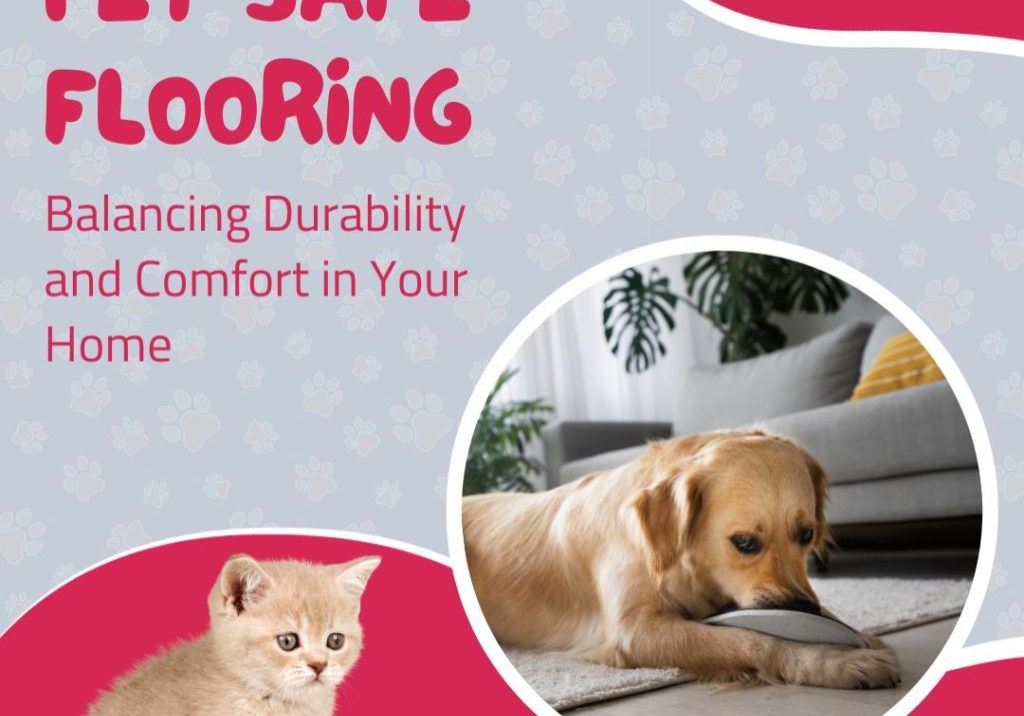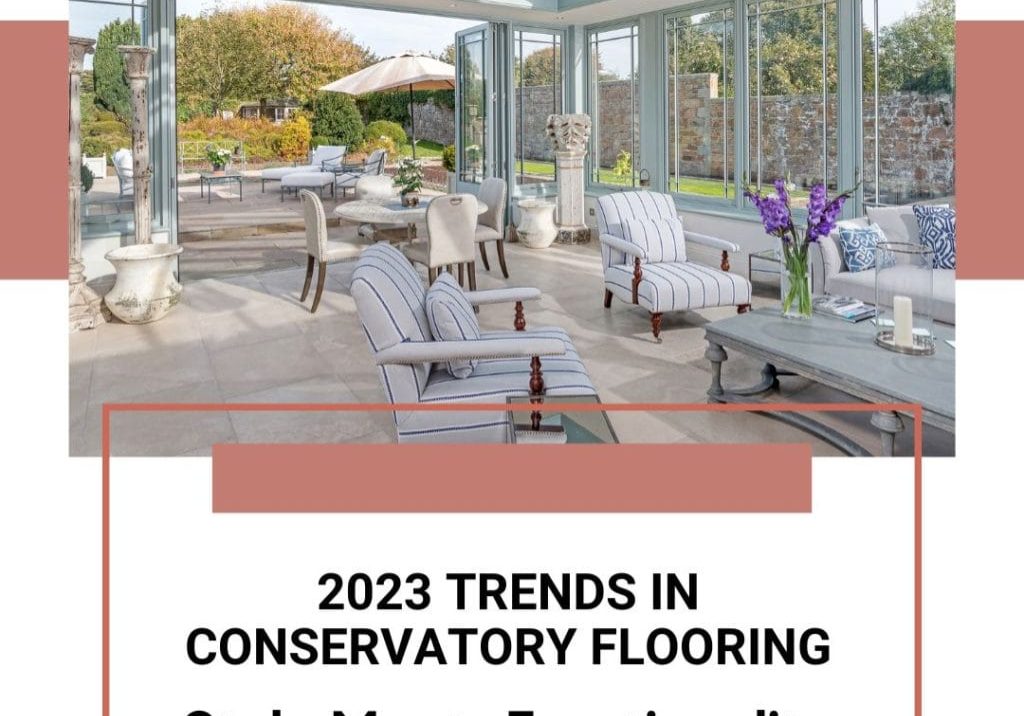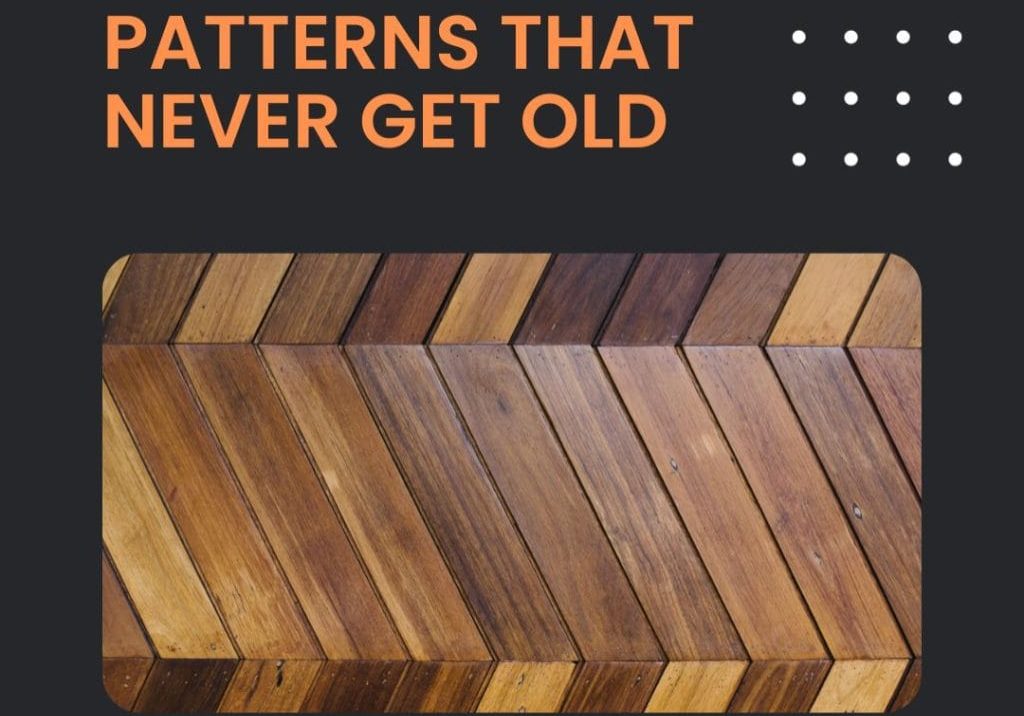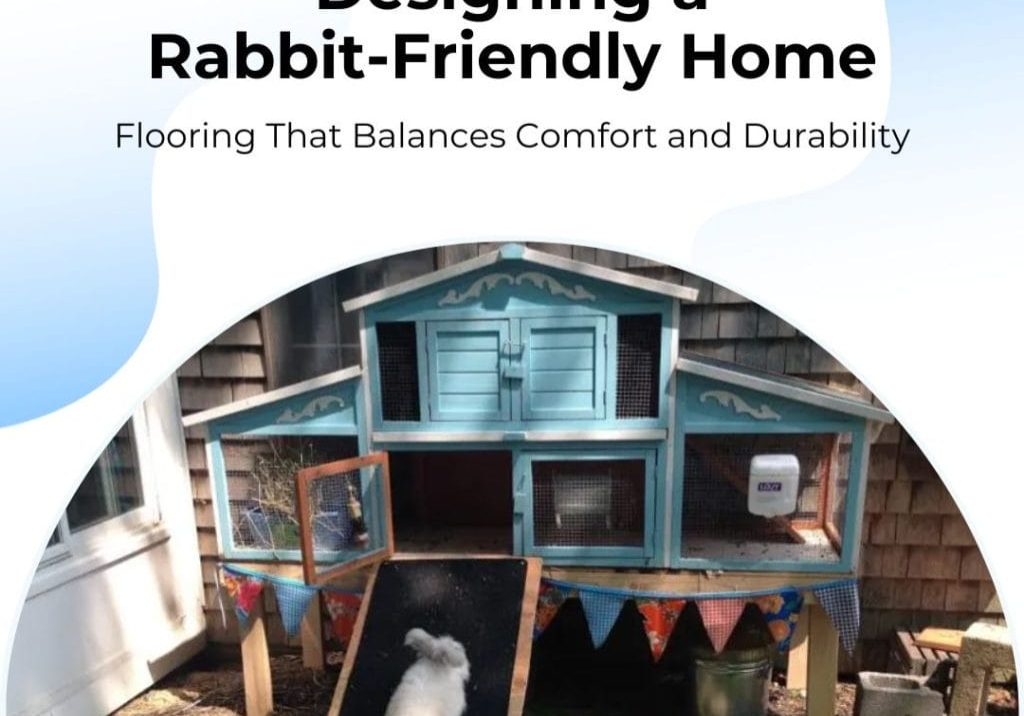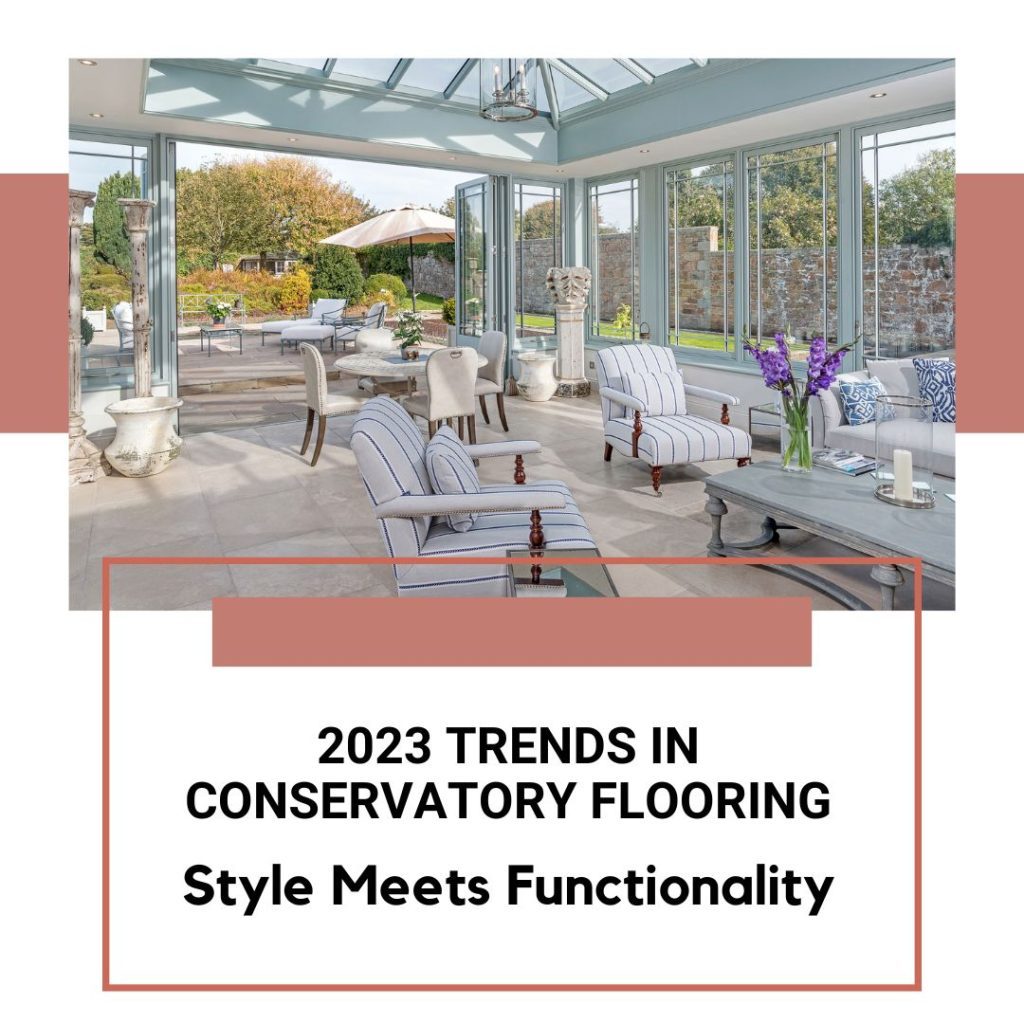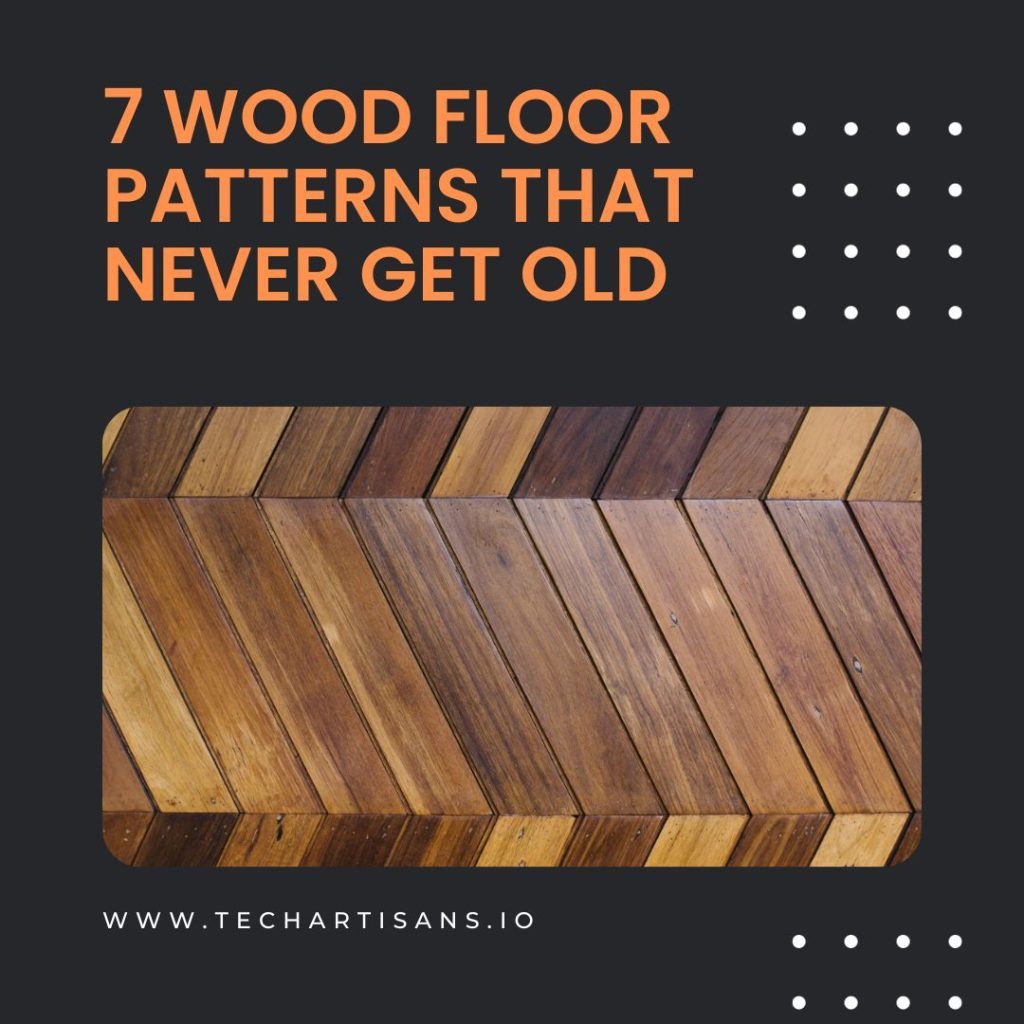With appropriate conservatory flooring ideas, you can maximize and enjoy every corner of your home throughout the year.
Concerns about chilly and unwelcoming spaces often arise when discussing conservatories. However, by incorporating proper insulation and selecting practical flooring options, even the most outdated garden room can be transformed into a functional family space.
Whether you’re constructing a new conservatory to achieve the coveted indoor-outdoor room or seeking ideas to revitalize an existing structure, choosing the right flooring is crucial to ensure the space is utilized effectively.
From options like LVT and vinyl to carpet and real wood, we’ve curated a collection of fantastic ideas and inspiring spaces to assist you in evaluating the best flooring choices for a conservatory.
Link the Outside and In with a Wooden Conservatory Floor
Selecting the right flooring for your conservatory can be a daunting task with the plethora of options available. Opting for wooden conservatory floors is an excellent choice, as they can infuse a sense of nature and warmth into this garden-facing space, creating a seamless connection between the indoors and the outdoors.
While there is a variety of wood flooring options, including real/solid wood and engineered boards, the ultimate decision often comes down to factors such as budget and maintenance. As a general guideline, engineered wood flooring tends to be more stable and cost-effective compared to solid wood floors. Lisa from Vale Garden Houses advises, “A well-engineered timber floor will give your room a lovely warm feel and will be relatively stable if well laid. Beware of cheap timber floors that can shrink, move, or warp.”
2. Go Rustic with a Classic Stone Floor
Selecting natural stone flooring is an undeniably classic option for a conservatory. While it is often associated with a higher budget, considering the longevity of this material makes it a viable choice, especially for a smaller conservatory.
Various options are available, each with different maintenance requirements. However, the enduring quality of natural stone flooring makes it an ideal choice for more permanent conservatory structures constructed with high-quality materials. This flooring option has the potential to last for centuries.
3. Choose LVT for Easy Maintenance
An enticing substitute for wood and natural stone flooring is luxury vinyl tile, commonly referred to as LVT flooring.
For conservatories frequented by kids, pets, or individuals with muddy boots, LVT offers a hassle-free experience with easy cleaning. Many planks come with features like stain, scratch, and slip resistance.
With top layers resembling wood, stone, or marble, you can seamlessly match your flooring with your preferred conservatory decor ideas.
Stella Coyle, retail sales manager of Karndean Designflooring, notes, “Being warm underfoot and compatible with underfloor heating, LVT can be an ideal solution for helping to keep your conservatory a usable space all year round. LVT is also a practical choice for busy modern homes with a hard-wearing, waterproof surface that’s easy to keep hygienically clean.”
4. Choose a Floor that Works with Underfloor Heating
A prevalent issue with conservatories is their coldness during winter, rendering them less functional. However, when installing new flooring or replacing existing materials, incorporating an underfloor heating (UFH) system along with floor insulation can effectively address this concern.
UFH is particularly effective with hard floors like stone or tile, but it can also be compatible with engineered wood and carpet. However, it’s crucial to ensure that the tog rating of the carpet does not exceed 2.5 togs, including the underlay.
5. Install Carpet in a Conservatory Sitting Room for a Soft Finish
Warm, inviting, and providing a soft underfoot feel, carpet is not traditionally associated with conservatories or sunrooms. However, advancements in stain resistance and overall durability have introduced types of carpet that are now a viable option for garden-facing rooms.
For spaces like the monochromatic conservatory mentioned, incorporating welcoming and stylish small living room ideas involves choosing a versatile short pile carpet in a light grey shade to complement the whitewashed exposed brick and timber structure.
According to Claire Lloyd, Editor of Homebuilding & Renovating, carpet can be a suitable solution for conservatories that serve as additional living spaces rather than mere passageways to the garden. However, it is advisable to avoid carpet in conservatories with children and dogs if there is no alternative access to the patio and outdoor space. In such cases, opting for an in-built coir mat adjacent to patio doors could be a prudent idea.
Lloyd also notes that due to exposure to high levels of sunlight, carpet colors may fade over time. Therefore, it’s recommended to choose more muted colors and neutrals. On a positive note, carpet is generally more forgiving than other floor finishes on uneven subfloors.
6. Opt for a Timeless Tile in a Conservatory
Abbas Youssefi from Porcelain Superstore highlights the suitability of porcelain tiles for conservatories, citing several advantages. Unlike materials like vinyl or carpet, the color of porcelain tiles does not fade over time when exposed to harsh sunlight.
Furthermore, porcelain tiles remain resistant to cracking even in sub-zero temperatures, making them a durable choice. They are compatible with underfloor heating, distinguishing them from some other flooring surfaces. Lastly, unlike wood, porcelain tiles do not undergo expansion or contraction with fluctuations in moisture and temperature.
7. Choose Natural Flooring in a Pared-Back Conservatory
Durable and eco-friendly, natural carpets made from sisal, jute, and seagrass offer enduring style and remarkable versatility for conservatory spaces.
Although their rougher texture may differ from the expectations of a typical living space, these carpet types are well-suited for conservatories, acting as a seamless link between the garden and interior areas.
In this timeless conservatory, the interior design draws inspiration from the natural carpet, and the inclusion of mismatched seating contributes to a relaxed atmosphere in the pared-back, white-painted space. Additionally, an excellent example of creative conservatory lighting involves incorporating low-hung pendants to establish a central focus for a room that can be used both day and night.
8. Introduce Flooring that Works for Multiple Spaces in a Conservatory Extension
Many conservatories are distinct from the main living space due to Building Regulations mandating the presence of an external-grade door. However, if you are contemplating replacing a conservatory with an extension to seamlessly connect a sunlit garden space with an open-plan kitchen or dining area, careful consideration must be given to selecting a suitable flooring that spans the entire area.
Porcelain tiles, known for their durability and ease of cleaning, are not only suitable for kitchens and dining spaces but also make an excellent choice for conservatories. This is particularly important when considering foot traffic from the garden with muddy shoes or paws. According to Abbas Youssefi of Porcelain Superstore, porcelain tiles are a practical and resilient option for such interconnected spaces.
9. Go Eco with Cork Flooring in a Conservatory
Cork presents an excellent choice for individuals seeking a sustainable and renewable flooring solution for their conservatories. Beyond being warm underfoot and durable, cork provides natural acoustic insulation, making it particularly well-suited for a predominantly glass-enclosed room.
Opting for eco-friendly flooring options can also be a cost-effective decision, especially for smaller spaces like conservatories, with certain cork tiles available at prices as low as £13/m2. In a London extension, cork flooring was employed throughout the layout, requiring sealing to maintain cleanliness and dryness.
10. Introduce a Bold Pattern in a Modern Conservatory
“Every corner of your home narrates a story, and patterned or minimal borders have gained immense popularity for introducing intrigue and framing a conservatory space,” notes Stella Coyle of Karndean.
When embarking on a conservatory refresh or new interior design, choose one or two colors from the pattern to guide the overall decor, as exemplified in this contemporary-styled space. The green hues of the LVT tiles subtly echo in the plant wall, while the black is also incorporated into the lighting, window treatment, and furniture selections.
11. Consider a Luxurious Finish with Marble Flooring
Conservatories are occasionally overlooked in home interior design, but infusing a more daring sense of style can yield positive results.
Marble can serve as a viable choice for a high-end conservatory since, unlike its installation in a bathroom or kitchen, the maintenance, especially in terms of cleaning spills, is naturally lower.
While this material makes a bold impression, its higher cost might make it better suited for an orangery or for those exploring sunroom ideas.
12. Continue Conservatory Flooring Choices Outside
Creating a sense of unity between your conservatory, home, and garden is effortlessly achieved by blending a suitable flooring material with your preferred patio ideas, ensuring a smooth transition between the interior and exterior.
Ideal candidates for achieving this cohesive look include natural stone and porcelain tiles, while timber or wood-effect flooring can be harmonized with decking for a complementary effect.
This design approach is particularly effective in oak frame conservatories, as exemplified here—this sunroom showcases limestone flooring, with a matching floor, featuring an anti-slip coating, extending onto the patio beyond.
13. Create a Versatile Space with a Rug
If incorporating underfloor heating isn’t in your plans, and your conservatory lacks a radiator, that doesn’t mean you have to endure cold floors. Opt for a practical flooring option that aligns with your lifestyle, and come winter or when dealing with kids or pets, introduce rugs. These not only provide a warm surface but also serve as a convenient space for feet wiping before transitioning to carpeted areas. This straightforward and budget-friendly solution also presents a swift means to update the interior.
What do I Need to Consider When Choosing Conservatory Flooring?
The purpose your conservatory serves will significantly narrow down the flooring options available, considering that sitting/dining rooms, play areas, and home offices each have distinct requirements for flooring. It’s essential to factor in flooring costs as part of the overall conservatory budget to ensure that the chosen material is both affordable and in a style that you anticipate will endure for years, emphasizing durability and longevity.
Beyond these considerations, the color and style of your chosen flooring will play a pivotal role in shaping the overall aesthetic of your conservatory. Abbas Youssefi, director of Porcelain Superstore, notes, “People desire a warm, inviting conservatory space, perfect for relaxation with friends, so neutral, wood-effect, and stone-effect designs tend to be more popular. Perhaps these options provide a more harmonious connection with the outdoors? Lighter colors also work well since who wants a dark and moody conservatory?”
Stella Coyle, retail sales manager of Karndean Designflooring, adds, “The appearance of natural limestone and slate continues to be a more traditional choice, but we are observing an increased use of European oaks in this versatile space. Grey-toned woods are also favored for introducing a modern or contemporary feel.”
Does a Conservatory Floor Need Insulation?
To enhance the efficiency of a conservatory, a wise approach is to install insulation above a solid sub-base before applying the finishing material. Abbas Youssefi from Porcelain Superstore highlights a significant drawback: “One of the major downsides is how cold conservatories can become in winter. They’re installed over a concrete slab, which is often poorly insulated.” For those opting for porcelain tiles, Youssefi recommends fixing insulated tile backing boards to the concrete, particularly if electric underfloor heating is in use. To counteract heat loss, he suggests utilizing high-output electric UFH mats.
Certain subfloors may necessitate preparation before laying new flooring types like LVT or engineered wood. Stella Coyle of Karndean explains, “Traditional gluedown and loose lay LVT flooring would need to be installed on a perfectly smooth subfloor, with a strong adhesive used to fully bond the floor.” For homeowners seeking a quicker installation over less-than-perfect subfloors, she suggests considering rigid core flooring with its click-locking mechanism.

